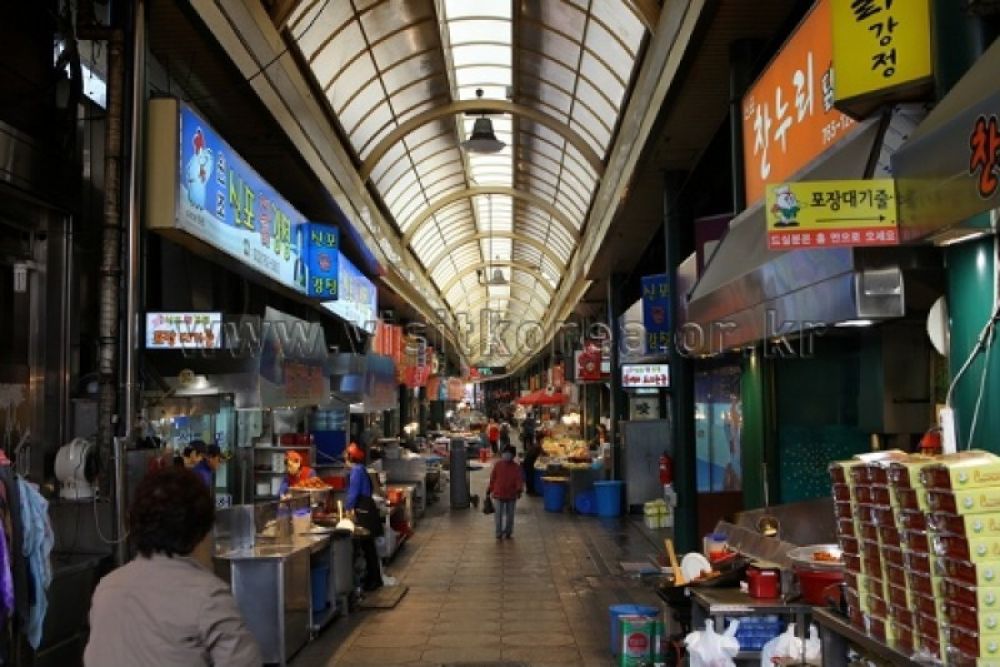

Sinpo International Market, located in the heart of Incheon, South Korea, has a rich history that intertwines with the development of the city as a key port and trade hub. Established in the late 19th century, the market began to flourish when Incheon port opened in 1883 and started welcoming merchants and goods from around the world.
As Incheon grew into a bustling cosmopolitan city, Sinpo Market naturally evolved into a vibrant shopping destination, famous for its wide variety of merchandise which includes clothing, accessories, electronics, and particularly its unique food offerings that are an amalgamation of Korean and international flavors.
In the mid-20th century, particularly in the 1960s and 1970s, Incheon's status as an economic zone continued to boost the popularity of Sinpo International Market among locals and travelers alike. As South Korea's economy began to boom, so too did the market experience a surge in visitors looking for both traditional Korean goods and the latest international products.
Recent years have seen the market adapt to changing consumer preferences and the rise of digital tourism. Influenced by social media, tourists now often visit Sinpo Market to experience and share the vibrant atmosphere and the culinary delights that the market is renowned for.
Food tourism has become one of the leading trends, with visitors coming to sample famous dishes such as Dakgangjeong (sweet and crispy chicken) and fresh seafood. The market has become a destination for food bloggers and influencers looking to capture the essence of Korean street food culture.
Sustainable and experiential travel trends have also influenced Sinpo Market with tourists seeking more authentic experiences, preferring to engage with local culture, cuisine, and the people of Incheon. In response, the market has seen traditional stores offering more experiences, like cooking classes or the opportunity to learn about the local food culture from the vendors themselves.
Tourism Infrastructure has been upgraded in Sinpo Market and the surrounding areas to cater to international visitors, with multilingual signage and tourist assistance services becoming more prevalent. The local government and businesses within the market have collaborated to maintain its historical appeal while ensuring modern amenities and accessible information for tourists.
The future of tourism at Sinpo International Market appears promising, with dedicated efforts to preserve its historical character while embracing the new trends that attract visitors from across the globe. The market continues to be a testament to the blending of tradition and modernity, a place where history and contemporary culture coalesce to offer a unique travel experience.